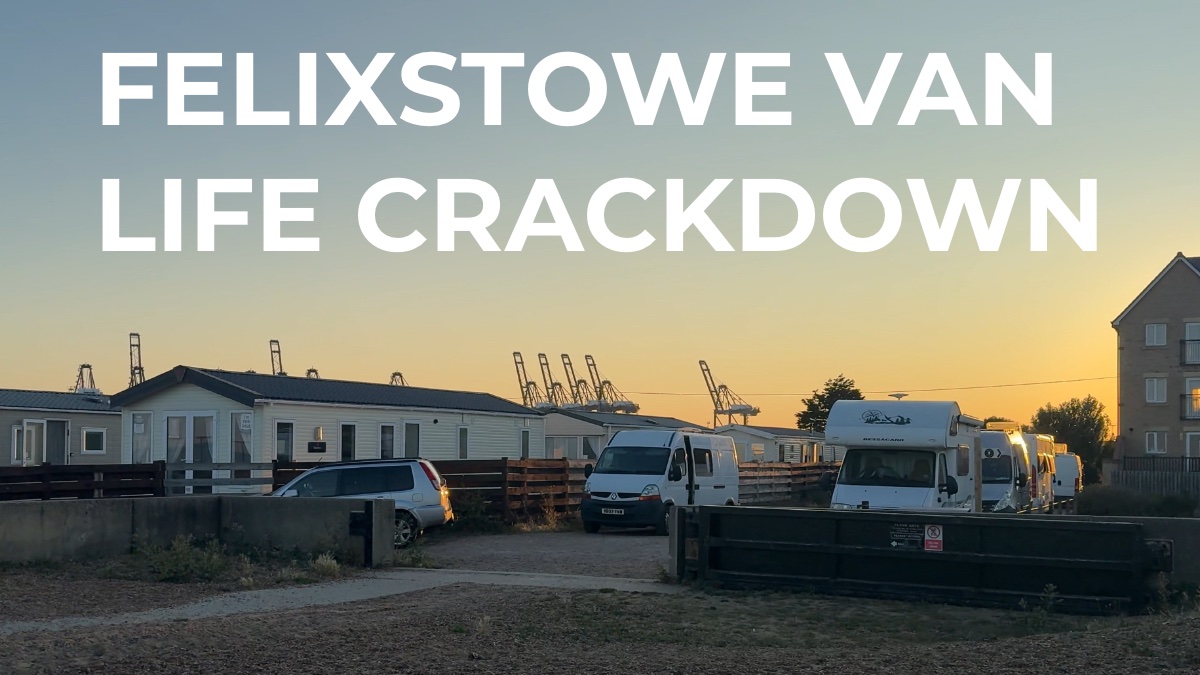Driving for hours in a van is knackering enough without the constant deluge of road noise battering your ears. Every mile feels longer when you’re fighting tyre roar, wind noise, and the general racket of being inside a metal box doing 70mph.
Then you finally park up. Maybe it’s somewhere decent like the Lakes, thinking you’ll get a bit of birdsong and tranquillity. But the wind kicks off and the rain starts hammering the roof like a techno set at 3am. Or worse—you’re stuck in a layby next to the A1 trying to get some kip while every HGV thundering past sounds like it’s about to plough through your pillow.
Welcome to van life—where every inch of bare metal turns into a resonating chamber of chaos.
Sound deadening is one of those jobs everyone bangs on about during their build, and for good reason. Done properly, it transforms your van from a mobile drum kit into something you can actually sleep in. The trick is knowing what actually works and what’s just expensive marketing fluff.
Let’s strip back the hype and get into what’s actually worth doing to stop your van sounding like a biscuit tin in a blender.
Read more



